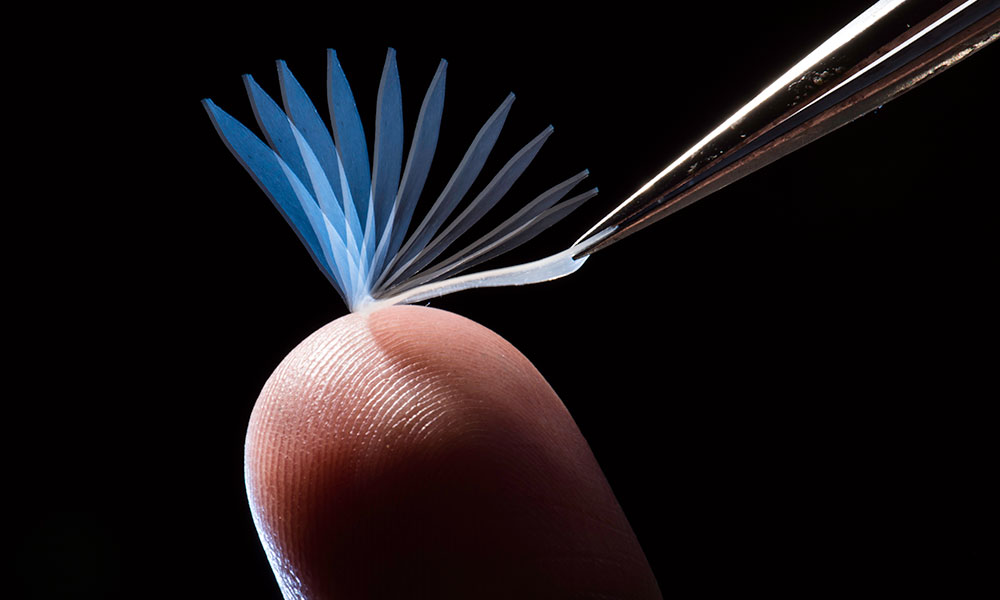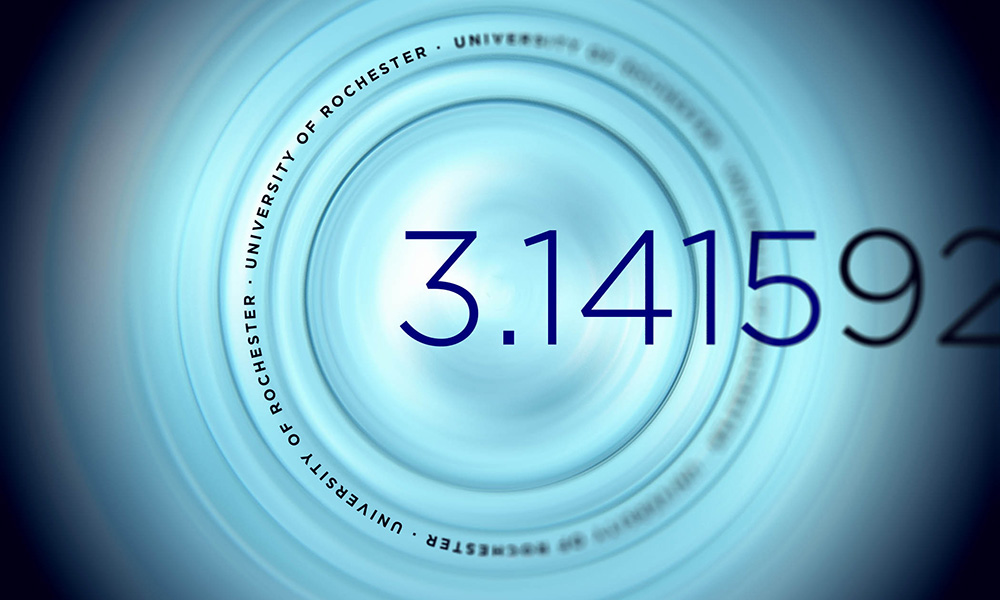
Science & Technology
A new way to determine the age of stars?
March 22, 2016
Rochester researchers have developed a new conceptual framework for understanding how stars similar to our Sun evolve. Their framework helps explain how the rotation of stars, their emission of x-rays, and the intensity of their stellar winds vary with time. According to Eric Blackman, professor of physics and astronomy, the work could also “ultimately help to determine the age of stars more precisely than is currently possible.”









